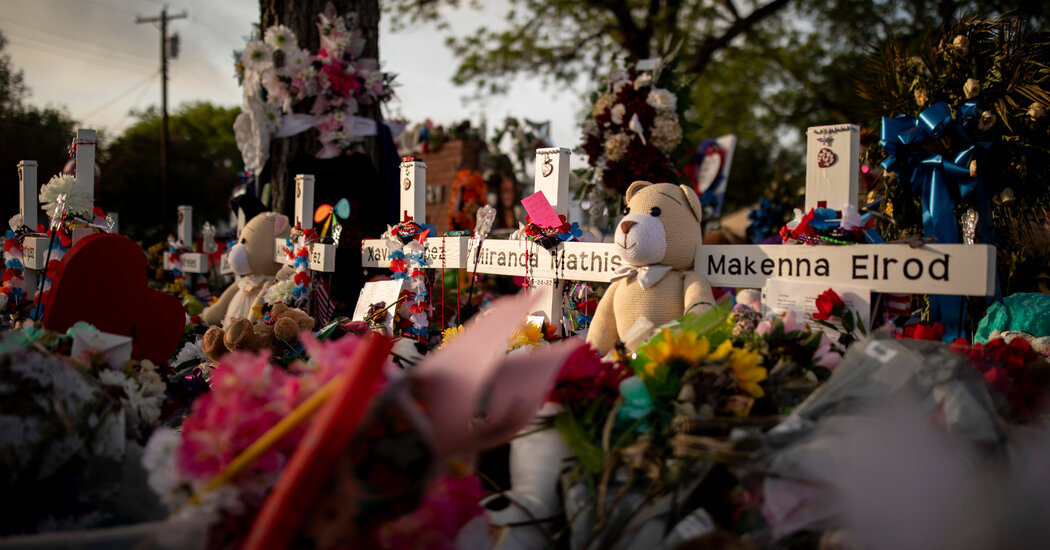
The 22-year-old college student who murdered six people in Santa Barbara, Calif., in 2014 offered one of the most direct expressions of a gunman’s mentality in a video posted on YouTube: The gun, he said, gave him a sense of power.
The Buffalo gunman, emulating the 28-year-old anti-Muslim terrorist who massacred 51 people in Christchurch, New Zealand, three years ago, live streamed himself as he methodically killed shoppers because they were Black. The man charged with the killings in Uvalde used Yubo, a relatively new platform, to share menacing messages in which he seemed to telegraph his plans.
“It’s a way for kids to flex,” said Titania Jordan, with Bark Technologies, an online safety company that monitors the use of platforms for violent content. “It’s a way for them to show strength if they are bullied, or left out. It’s just a part of the narrative now in all these cases — there’s always a social media component.”
There is also a biological one. Scientists have long known the teenage and post-teenage period is a critical time for brain development and a time, for most teenage boys, often characterized by aggressive and impulsive behavior. Girls of the same age, by contrast, have greater control over their impulses and emotions.
Overall, boys and young men account for half of all homicides involving guns, or any other weapon, nationwide, a percentage that has been steadily rising. Exactly 50 percent of all killings in 2020, the last year comprehensive data is available, were committed by assailants under 30, according to the F.B.I.’s uniform crime data tracking system.
Mass shootings, defined by most experts as involving the deaths of more than four people, are rare; shootings on the scale of Buffalo and Uvalde, with more than 10 victims, are even less common. Around 99 percent of all shootings in the country involve fewer victims, are the result of crime or personal disputes, and are motivated drug activity, gang conflict, domestic violence and personal disputes, according to statistics compiled by the federal government and academic.
“Why are a disproportionate number of crimes committed by males in their late teens and early 20s?” asked Laurence Steinberg, a professor of psychology and neuroscience at Temple University who has worked extensively on issues involving adolescent brain development.




